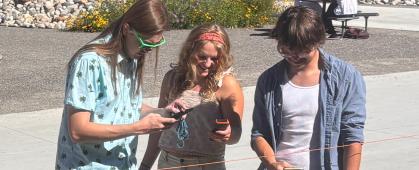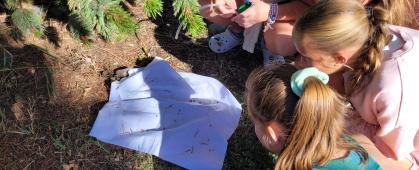As part of the Montana Federation of Public Employees 2025 Educator Conference, SMART FIRES hosted a Fire Science Field Day in Missoula on October 17. The full-day event welcomed 11 educators from across the state to explore how locally relevant fire science can be integrated into K–12 classrooms.
This immersive experience was organized by members of the SMART FIRES Education and Workforce Development team: Nathalie Wolfram, Director of the University of Montana’s Broader Impacts Group; Alex Sobin, Director of UM’s spectrUM Discovery Area; and Suzi Taylor, Director of the Science Math Resource Center at Montana State University. Their collaborative leadership ensured a rich, hands-on learning opportunity for educators that supports NGSS alignment across grade bands.
The day began at the U.S. Forest Service's Missoula Smokejumper Visitor Center, where educators learned about the origins and evolution of wildfire response in Montana. Behind the scenes at the active Smokejumper Base, participants explored the full lifecycle of smokejumper operations, including gear preparation, dispatch protocols, and recovery processes.
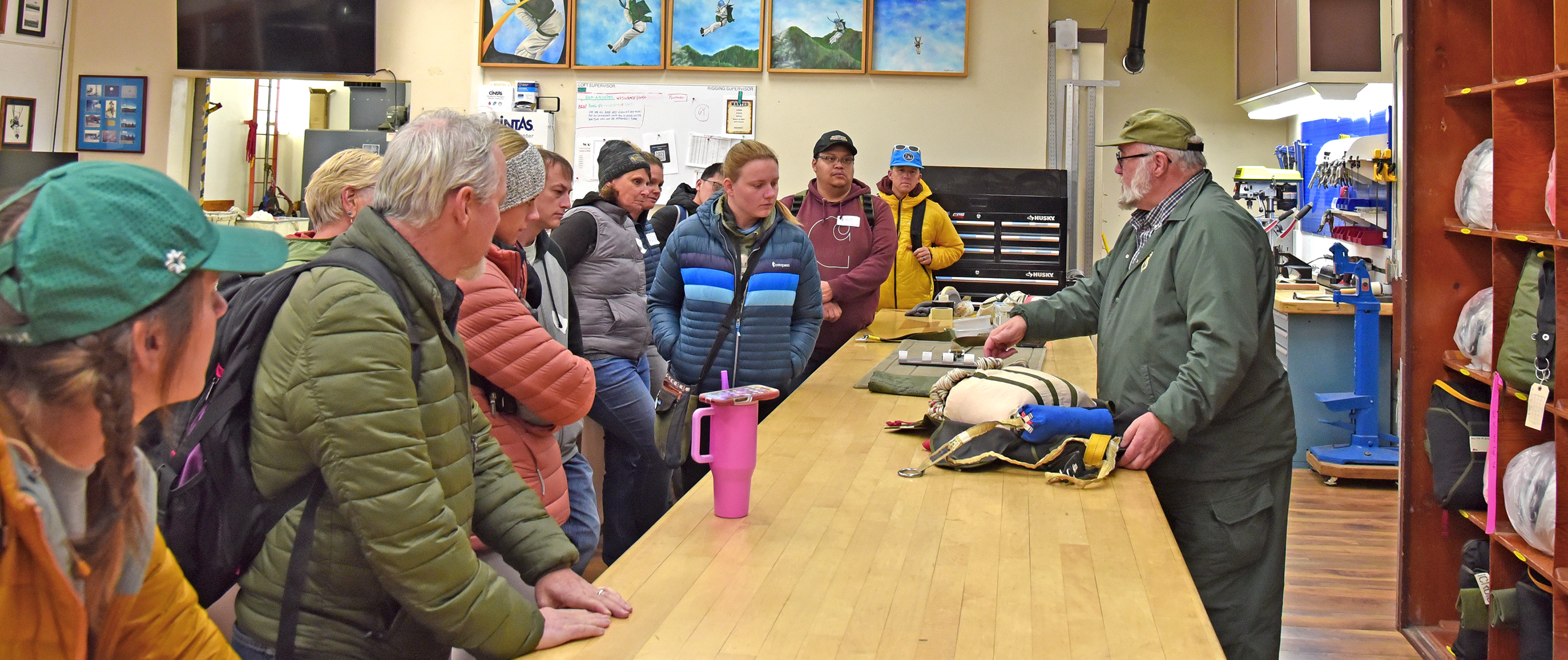
In the afternoon, the group visited the University of Montana’s Lubrecht Experimental Forest, a living laboratory for students and researchers at the W.A. Franke College of Forestry and Conservation. Dr. Carl Seielstad, SMART FIRES UM Fire Lead, guided a walking tour of prescribed fire treatment sites, showcasing how student fire researchers test and refine burn strategies to reduce wildfire risk and promote forest health.
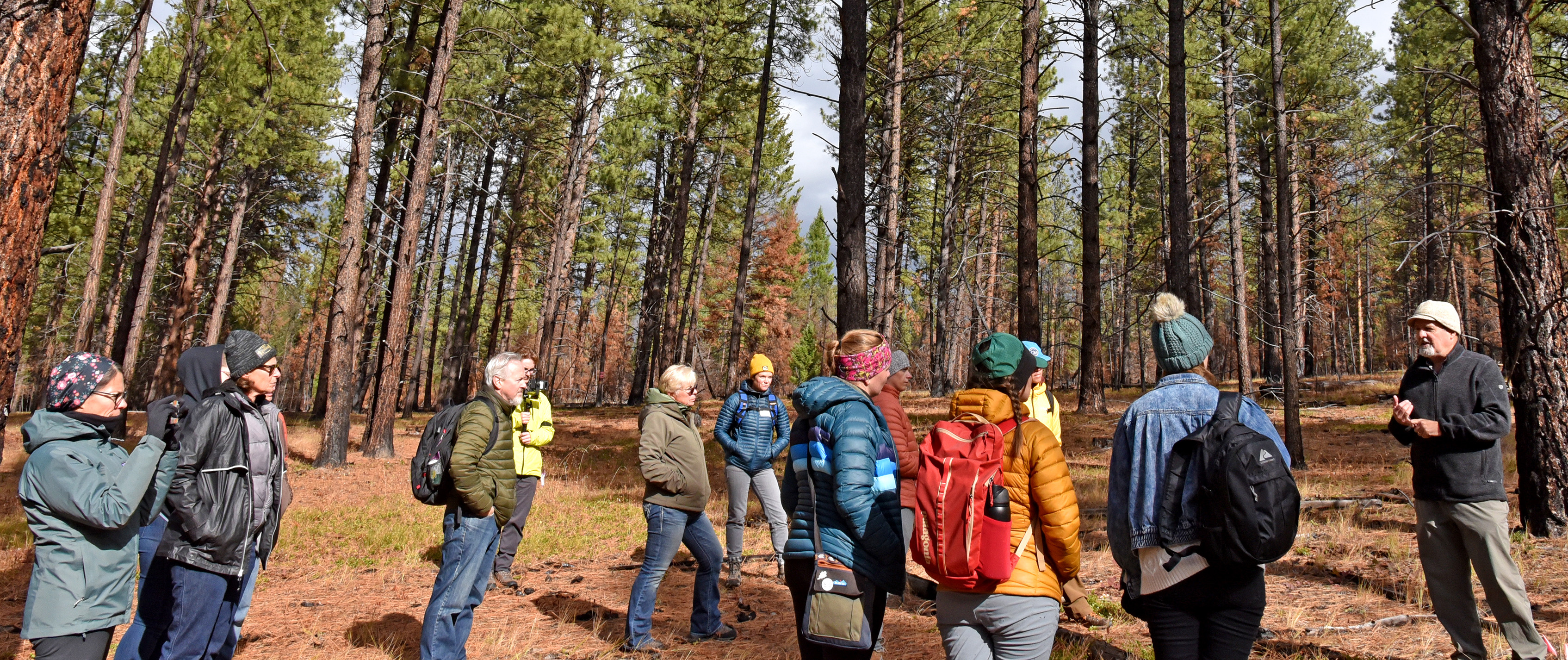
Alex Sobin led a demonstration of a Matchstick Forest activity, adapted from the US Forest Service’s FireWorks Educational Program to model ongoing research at Lubrecht. Using matchsticks to simulate trees on a sloped wooden board, educators observed how fire behavior changes with forest density, slope, and fuel load—an engaging way to visualize fire dynamics.
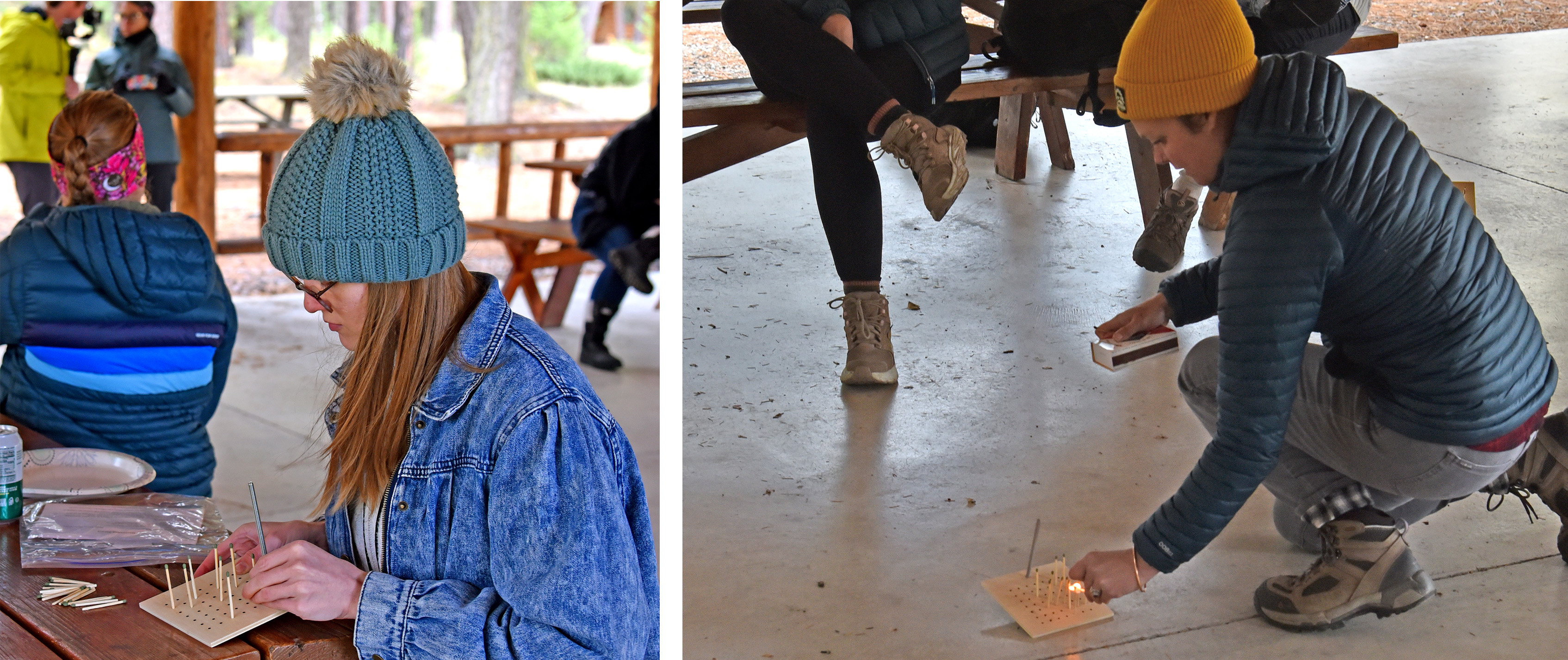
Educators also participated in hands-on sessions led by Dr. Valentijn Hoff and Jacob Tepsa, SMART FIRES Technical Support Staff. Together, they guided participants through using professional-grade instruments to measure and interpret fire fuels and weather conditions—key skills for understanding wildfire behavior and bringing real-world fire science into the classroom. These hands-on activities introduced tools such as Kestrel fire weather meters and protimeters, helping participants understand how data on fuel moisture and fire weather can inform wildfire risk and classroom learning. Montana educators will soon be able to borrow Kestrel fire weather meters, protimeters and other scientific instruments through the SMART FIRES project.
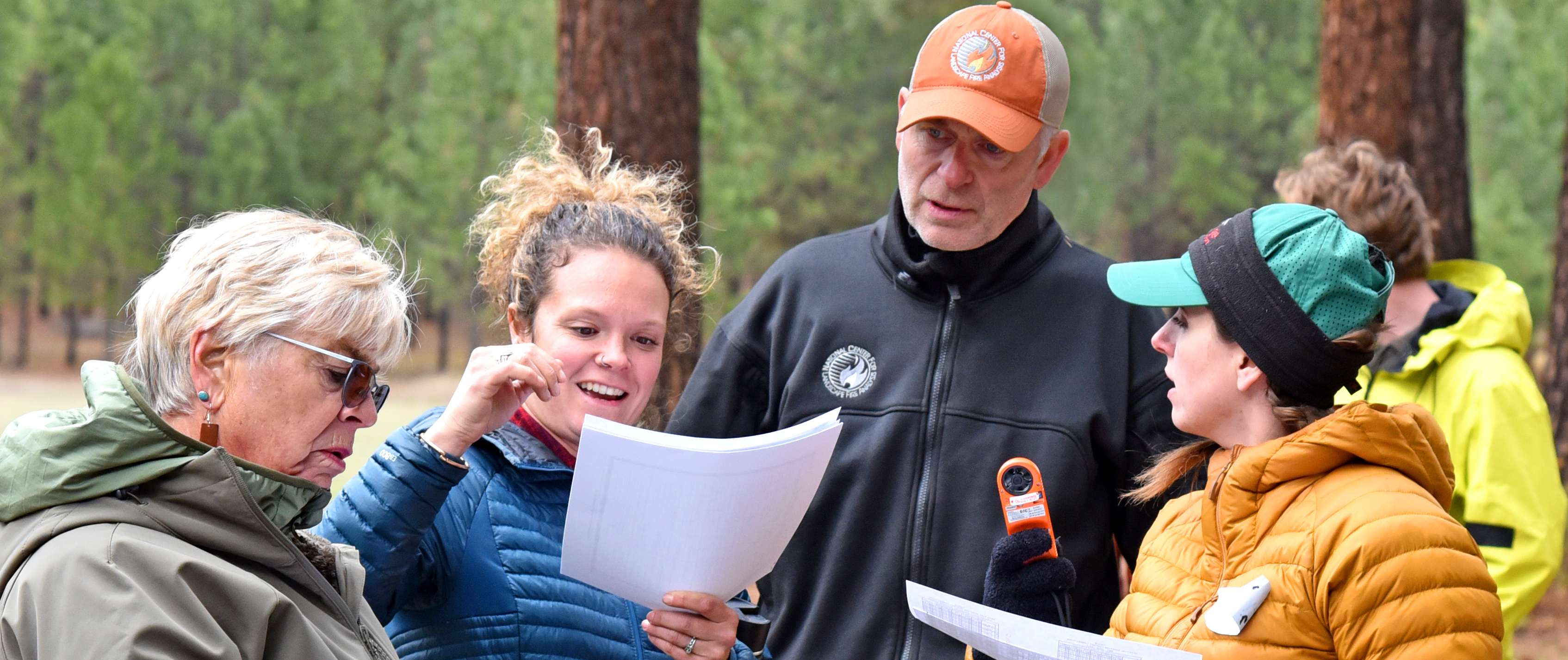
Interested in bringing fire science into your classroom? Reach out to work with any of our programs at UM and MSU:spectrUM Discovery Area (UM’s hands-on science center), We Are Montana in the Classroom (a program that brings UM faculty and researchers out to K-12 schools and programs), and the Science Math Resource Center (MSU’s K-12 STEM outreach center).
See the attached educator resources for more information.
